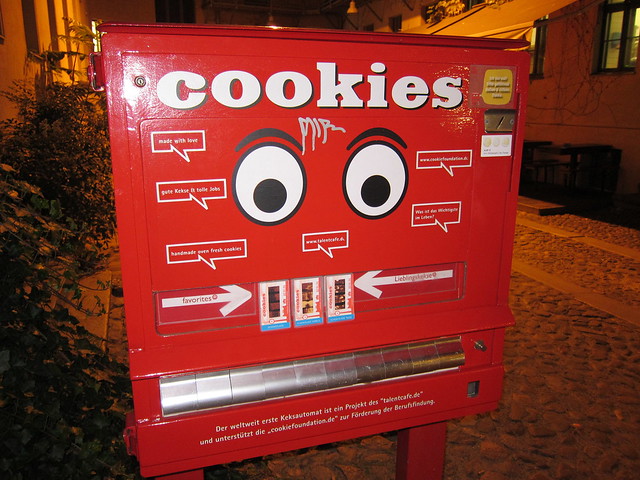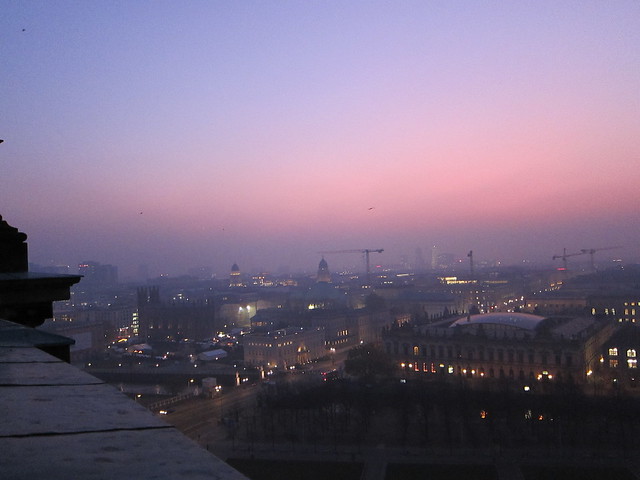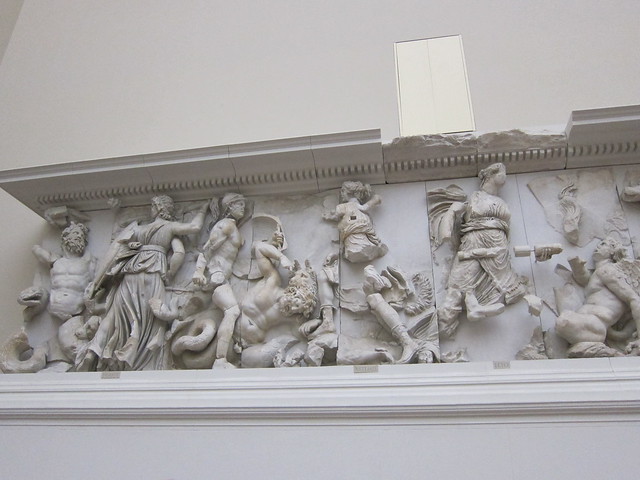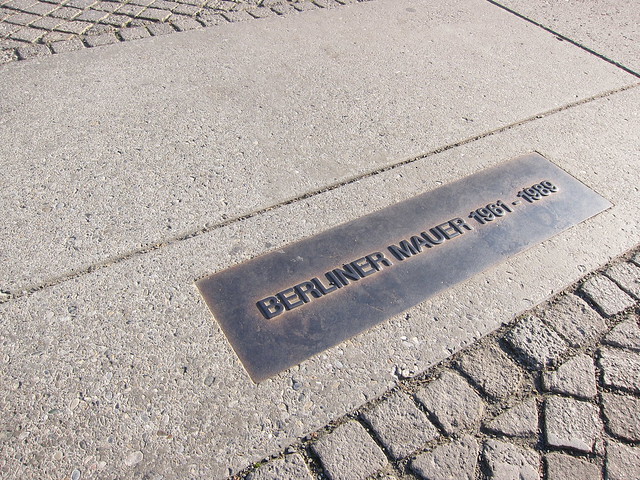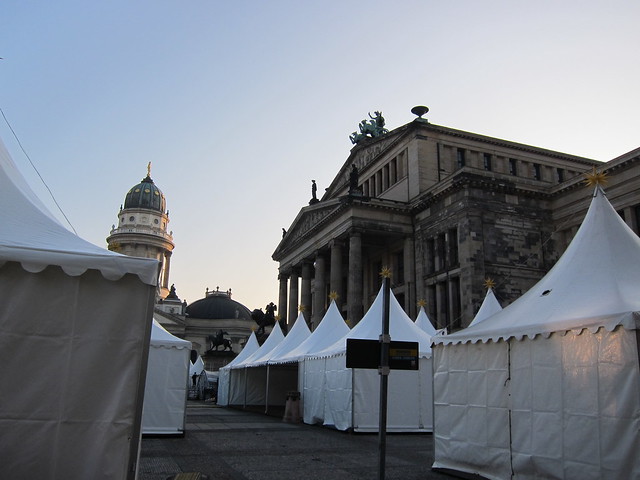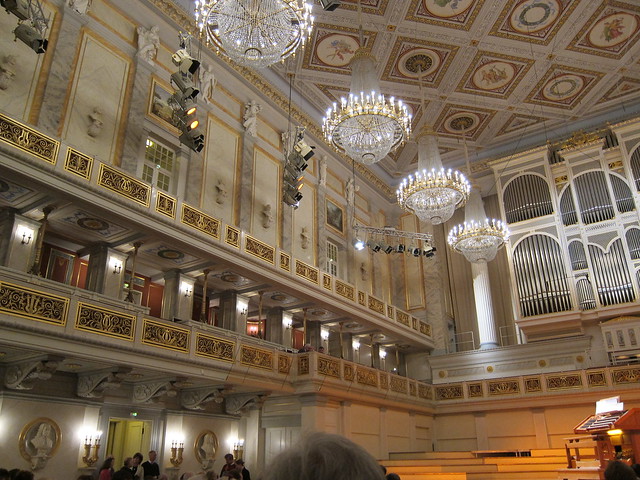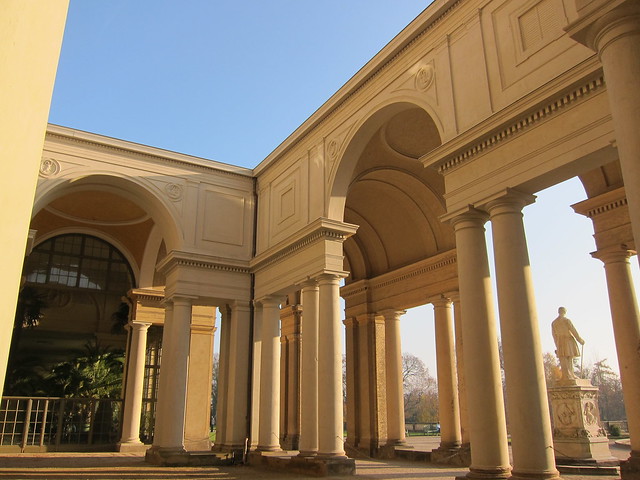

I did manage to meet up with some friends whom I had met at a conference some years ago, and we had dinner. The food was good (if expensive, like EVERYTHING in Switzerland), but the dessert was crazy/awesome. Called "vermicelli," it has a base of meringue covered with a chestnut/spice dough extruded through a spaghetti maker. Topped, of course, with whipped cream. It was great, and a little funky.
 |
| Vermicelli as you've never seen it before. |
We did snag a little bit of sightseeing time on Wednesday: after three hours measuring the severed leg from a human cadaver (I've spared you all the pictures) and three more measuring bones from a collection, we made it outside for exactly one hour in the city center of Zürich. And what did I find? Churches!


A nice view over the river!

Dragons!


A nice view over the river!

Dragons!
And chocolate!
I may or may not have brought home over 50 euros worth of Swiss chocolate home with me. And it may or may not be is fantastic. It doesn't look like so much in the photo, but it really is a lot. I think it was about a kilo all together. (There is also a cinnamon star on the left of the photo--a really delicious Swiss pastry that tastes like a better version of Big Red gum.) The goal is to make the chocolate last until Christmas. I think we're on track. Maybe. Of course, the day after I got back to Aachen, we went to the Lindt factory and spent 30 more euros on chocolate, so we should be covered. (By the way, this is how I think we'll stay warm all winter--fatten up now on Swiss chocolate. Mmm....)
I brushed over the dragons. We had ten minutes left in our afternoon in the city and I spotted a Franz Carl Weber toy store. Sara and I played a game called "7 Wonders" at the SPIEL Game Conference in Essen, and we've been looking for a good deal on it ever since. (They did have it in Zürich, but good deals there are out of the question.) While looking around in the basement, I noticed a large dragon's butt in the play area. I noticed it was a slide, then ran up to the top to (a) take a picture and (b) slide down it. I asked a worker there if it was okay for adults to play on the slide. She said of course (and I was SO glad I payed attention in German class) and so I went down. Twice. And, as you can see, have never been happier.

So if you ever have an hour to kill in Zürich, bring lots of money for chocolate, and hunt down Franz Carl Weber. If the look on my face is any indication, you won't be disappointed.






